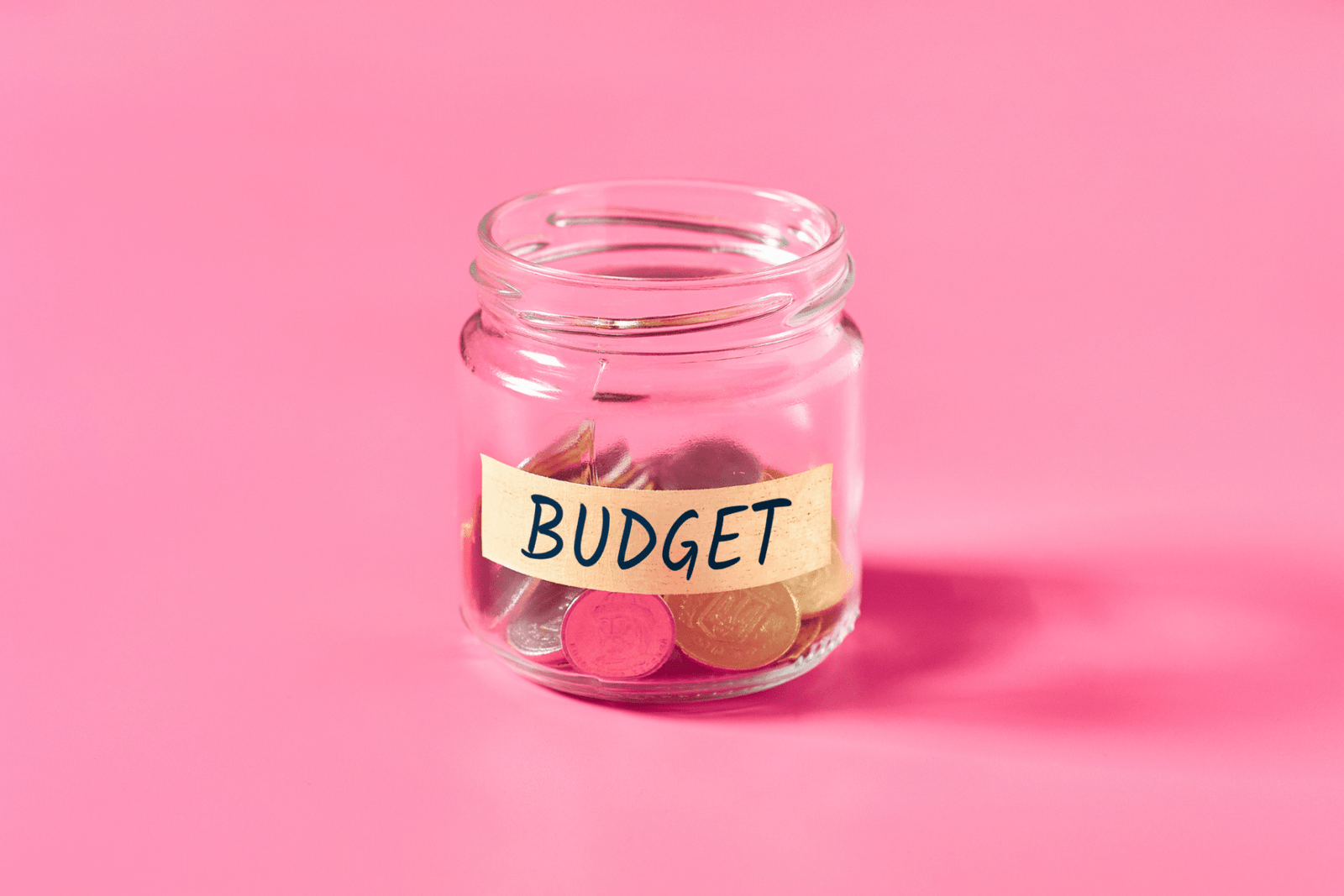Ever wondered how to create an advertising budget that actually works? You’re not alone. As someone who’s been in the marketing game for years, I’ve seen plenty of businesses struggle with this exact question. Let’s dive into the nitty-gritty of crafting an ad budget that’ll make your money work harder for you.
Why Bother with an Advertising Budget?
Look, I get it. Budgets aren’t exactly thrilling. But trust me, a solid advertising budget is like a roadmap for your marketing success. It helps you:
- Keep your spending in check
- Focus on what really matters
- Measure your results
Without one, you’re basically throwing darts in the dark. Not fun, and definitely not profitable.
Step-by-Step: Creating Your Ad Budget
1. Know Your Numbers
First things first, let’s talk cash. You need to know:
- Your total revenue
- Your overall marketing budget
- Your business goals
Pro tip: Most businesses spend about 5-12% of their revenue on marketing. But your mileage may vary.
2. Set Clear Goals
What are you trying to achieve? More sales? Brand awareness? Whatever it is, write it down. Your goals will shape your entire budget.
For example, if you’re launching a new product, you might need to allocate more funds to awareness campaigns.
3. Understand Your Audience
Who are you trying to reach? Knowing your audience helps you:
- Choose the right advertising channels
- Create more effective ads
- Spend your money wisely
I once worked with a client who was spending a fortune on Facebook ads, only to realize their target audience was barely on social media. Don’t make that mistake!
4. Research Advertising Costs
Different channels have different price tags. Do your homework on:
- Social media advertising costs
- Google Ads pricing
- Traditional media rates (if applicable)
Remember, cheaper isn’t always better. It’s about finding the best value for your specific needs.
5. Allocate Your Budget
Now comes the fun part. Divide your budget across different channels based on:
- Your goals
- Your audience
- Expected ROI
Here’s a simple example:
- Social media ads: 40%
- Google Ads: 30%
- Content marketing: 20%
- Influencer partnerships: 10%
6. Plan for Flexibility
The marketing world moves fast. Your budget should be able to roll with the punches. I always recommend setting aside about 20% of your budget for unexpected opportunities or challenges.
7. Track and Measure
Creating a budget is just the beginning. You need to keep an eye on:
- Return on Ad Spend (ROAS)
- Cost per acquisition (CPA)
- Overall ROI
Use tools like Google Analytics to stay on top of your numbers.
Real-World Budget Strategies
Let me share a couple of quick stories to bring this to life:
- The Startup Scramble: I once worked with a tech startup that had a tiny budget but big dreams. We focused 80% of their budget on highly targeted Google Ads and used the rest for content marketing. Result? They hit their first-year customer acquisition goals three months early.
- The E-commerce Evolution: An online retailer I advised was struggling with rising Facebook ad costs. We shifted half of their social media budget to influencer marketing and saw their engagement rates triple within a month.
Common Ad Budget Pitfalls
Watch out for these budget busters:
- Ignoring seasonality
- Overlooking mobile advertising
- Neglecting to test and optimize
- Focusing solely on acquisition (don’t forget retention!)
Adjusting Your Budget
Your ad budget isn’t set in stone. Review and adjust it:
- Quarterly for most businesses
- Monthly for fast-moving industries or startups
Look for trends, analyze what’s working, and don’t be afraid to shake things up.
Tools to Help You Budget
Make your life easier with these handy tools:
- Google Ads Performance Planner
- Facebook Ads Manager
- HubSpot’s Advertising ROI Calculator
Wrapping It Up
Creating an advertising budget doesn’t have to be a headache. Start with your goals, know your audience, and stay flexible. Remember, the perfect budget evolves with your business. Keep testing, measuring, and adjusting, and you’ll be on your way to advertising success.
Now, ready to create your advertising budget? Go for it!
FAQs
Q: How much should a small business spend on advertising?
A: While it varies, many small businesses allocate 7-8% of their gross revenue for marketing and advertising.
Q: Should I focus more on digital or traditional advertising?
A: It depends on your audience, but generally, digital offers more bang for your buck and better tracking capabilities.
Q: How often should I review my advertising budget? A: For most businesses, a quarterly review is sufficient. However, startups or businesses in rapidly changing industries might benefit from monthly reviews.
Q: What’s the biggest mistake people make when creating an ad budget?
A: Overlooking the importance of testing and optimization. Always leave room in your budget to experiment and improve your campaigns.
Q: Is it worth hiring someone to manage my advertising budget?
A: If you’re spending a significant amount on ads or don’t have the time to manage them yourself, hiring an expert can often pay for itself in improved results.
Remember, creating an advertising budget is all about making your marketing dollars work smarter, not harder. With these tips in your toolkit, you’re well on your way to crafting a budget that’ll help your business grow. Happy budgeting!

